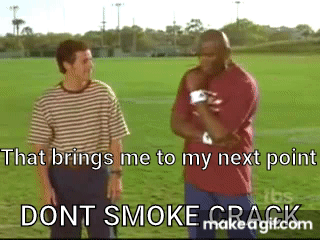Violent crime is dropping fast in the U.S. — even if Americans don't believe it
FEBRUARY 12, 20245:01 AM ETBy
Karen Zamora
,
Ari Shapiro
,
Courtney Dorning
11-Minute Listen
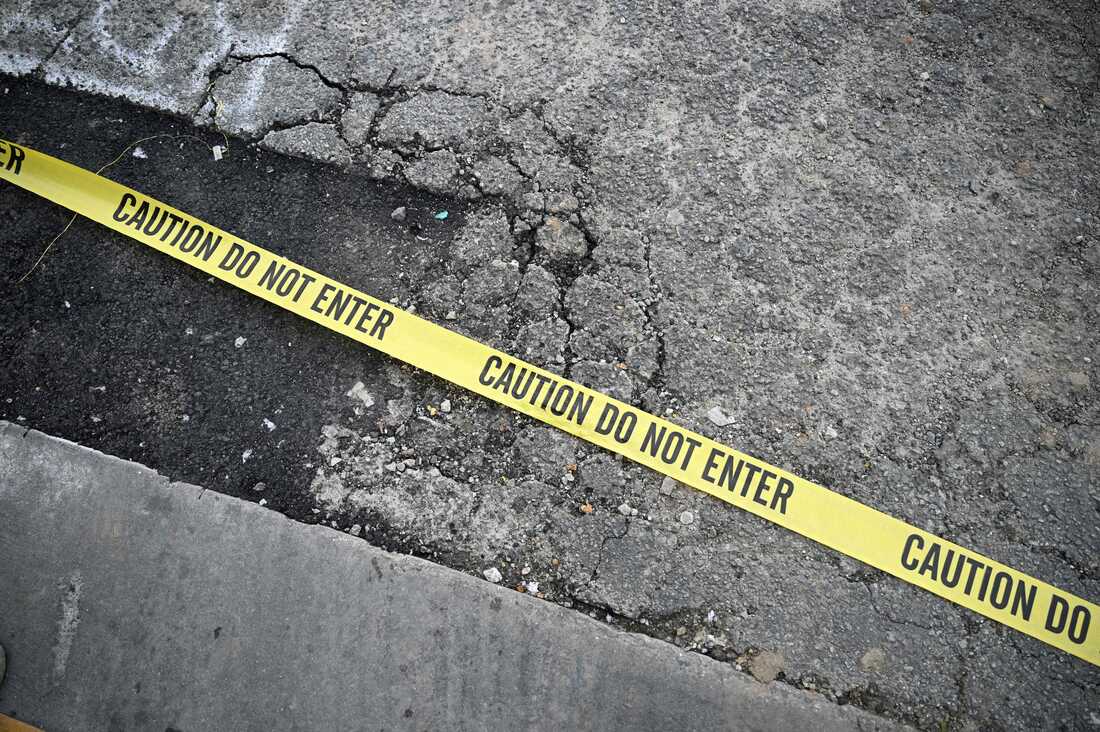
What you see depends a lot on what you're looking at, according to one crime analyst.
Robyn Beck/AFP via Getty Images
In 2020, the United States experienced one of its most dangerous years in decades.
The number of murders across the country surged by nearly 30% between 2019 and 2020, according to FBI statistics. The overall violent crime rate, which includes murder, assault, robbery and rape, inched up around 5% in the same period.
But in 2023, crime in America looked very different.
"At some point in 2022 — at the end of 2022 or through 2023 — there was just a tipping point where violence started to fall and it just continued to fall," said Jeff Asher, a crime analyst and co-founder of AH Datalytics.
In cities big and small, from both coasts, violence has dropped.
Sponsor Message
"The national picture shows that murder is falling. We have data from over 200 cities showing a 12.2% decline ... in 2023 relative to 2022," Asher said, citing his own analysis of public data. He found instances of rape, robbery and aggravated assault were all down too.
Yet when you ask people about crime in the country, the perception is it's getting a lot worse.
A Gallup poll released in November found 77% of Americans believed there was more crime in the country than the year before. And 63% felt there was either a "very" or "extremely" serious crime problem — the highest in the poll's history going back to 2000.
So what's going on?
What the cities are seeing
What you see depends a lot on what you're looking at, according to Asher."There's never been a news story that said, 'There were no robberies yesterday, nobody really shoplifted at Walgreens,'" he said.
"Especially with murder, there's no doubt that it is falling at [a] really fast pace right now. And the only way that I find to discuss it with people is to talk about what the data says."
There are some outliers to this trend — murder rates are up in Washington, D.C., Memphis and Seattle, for example — and some nonviolent crimes like car theft are up in certain cities. But the national trend on violence is clear.
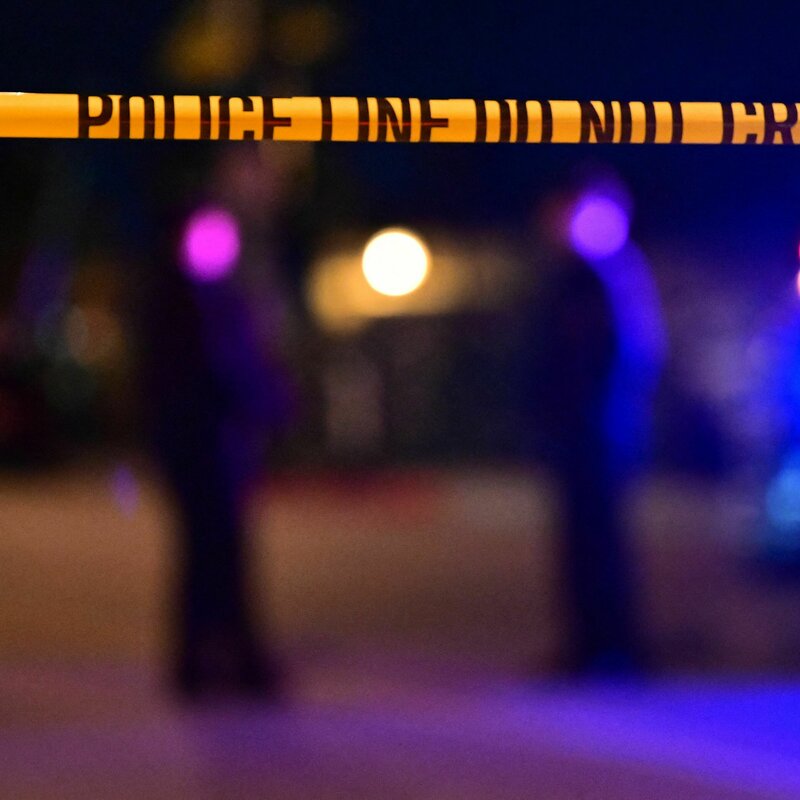
NATIONAL
4 key takeaways from the FBI's annual crime report
NPR spoke to three local reporters — from Baltimore, San Francisco and Minneapolis — to better understand what is happening in their communities."We've seen two years now of crime incrementally going down, which I think is enough to say there's a positive trend there," said Andy Mannix, a crime and policing reporter for the Star Tribune in Minneapolis.
Rachel Swan, a breaking news and enterprise reporter for the San Francisco Chronicle, says there are "two really visible crises" in the downtown area: homelessness and open-air drug use.
Sponsor Message
"And honestly, people conflate that with crime, with street safety," she said. "One thing I'm starting to learn in reporting on public safety is that you can put numbers in front of people all day, and numbers just don't speak to people the way narrative does."

The perception of crime doesn't always match the reality.
Kena Netancur/AFP via Getty Images
In Baltimore — a city that's battled a perception of being dangerous — it's a similar story.
Lee Sanderlin is an enterprise reporter with The Baltimore Banner and says there are pockets of violent crime — but that's not the case for the entire city.
"That's a battle that the city's leaders have had to fight with certain media outlets, with residents," Sanderlin said. "People who don't live in Baltimore, who live out in Baltimore County or neighboring counties, they certainly have a perception."
Unraveling the reasons
Asher, the crime analyst, says there is no one reason why violent crime is going down."It's a really hard question to answer, and I always caveat my answer with [saying that] criminologists still aren't sure why violent crime went down in the '90s," he said. "We can kind of point to what some of the ingredients probably are even if we can't take the cake and tell you what the exact recipe is."
For cities like San Francisco, Baltimore and Minneapolis, there may be different factors at play. And in some instances, it comes as the number of police officers declines too.
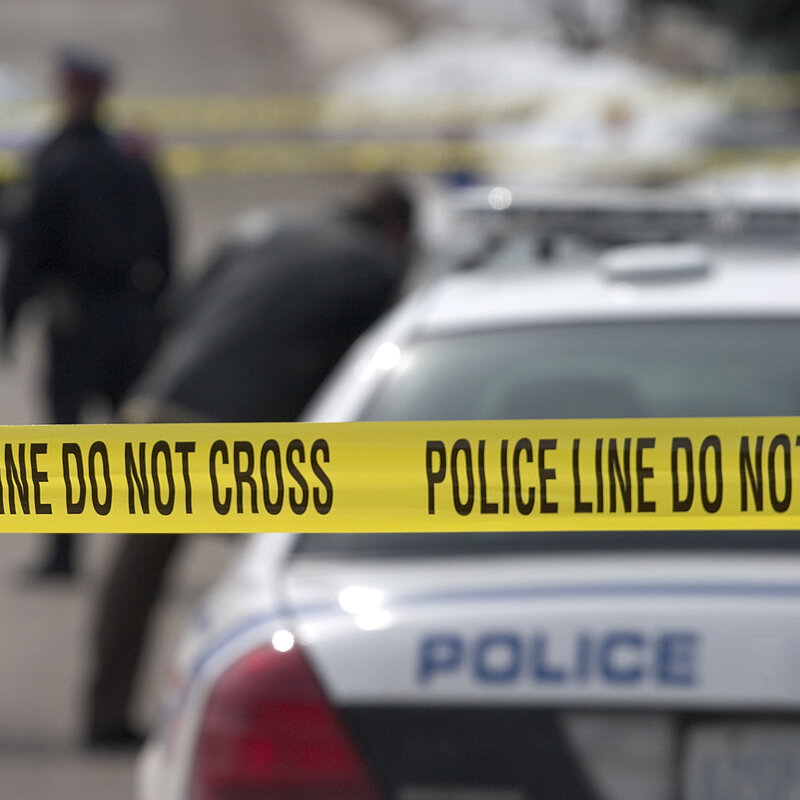
NATIONAL
Stories about crime are rife with misinformation and racism, critics say
Baltimore police are chronically short of their recruitment goal, and as of last September had more than 750 vacant positions, according to a state audit report."Our new police commissioner has been pretty open about the fact ... that while they want to hire more officers, they have to do the job with the people they have," Sanderlin said.
In Minneapolis, police staffing has plummeted. According to the Star Tribune, there are about 560 active officers — down from nearly 900 in 2019. Mannix said the 2020 police killing of George Floyd resulted in an unprecedented exodus from the department.
Sponsor Message
He said that the juxtaposition of crime going down at the same time as police numbers dropped was "very confusing to a lot of people."
"The reality is there's a lot of things that factor into crime," he said. "It's not just how many police there are. That's definitely one variable."
In Minneapolis, the city is putting more financial resources into nontraditional policing initiatives. The Department of Neighborhood Safety, which addresses violence through a public health lens, received $22 million in the 2024 budget.
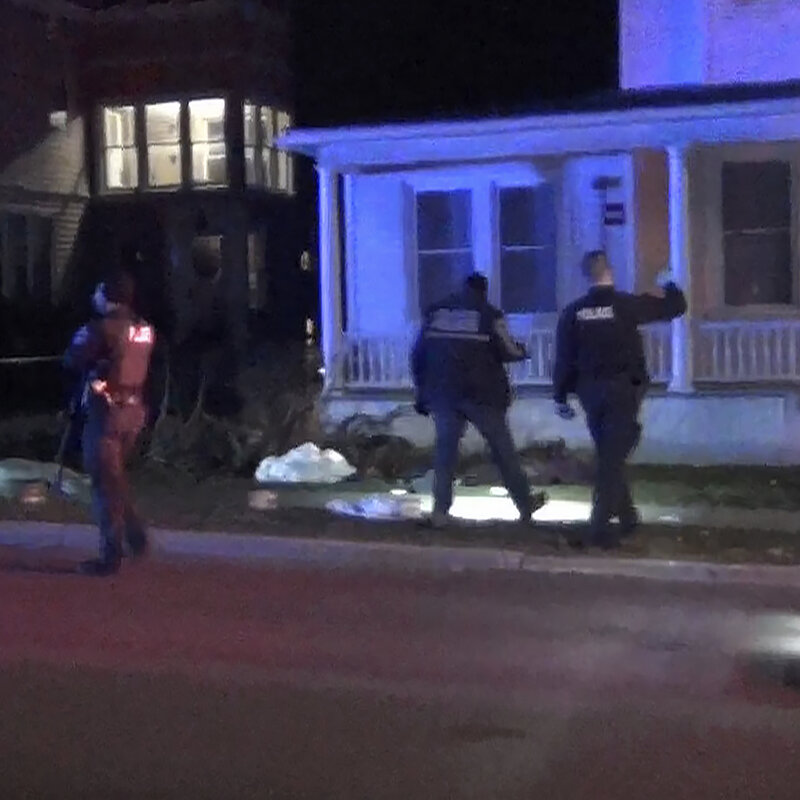
NATIONAL
For years, the FBI quietly stopped tracking anti-Arab violence and hate crimes
In San Francisco, police there say they've been better at making arrests.Meanwhile, Sanderlin said Baltimore voted for a new prosecutor who vowed to be tough on crime; the police say they are targeting violent hotspots; and the mayor's office is connecting would-be offenders with housing assistance and employment.
"Put all of that in the blender with a generally better economy, more people are sort of getting back to a pre-pandemic way of life, and that probably has something to do with it," Sanderlin said.
But changing the view of crime is about playing the long game, he added.
"Crime affects people very personally. The only way to get people to change their perceptions on a macro scale is for progress to continue."


